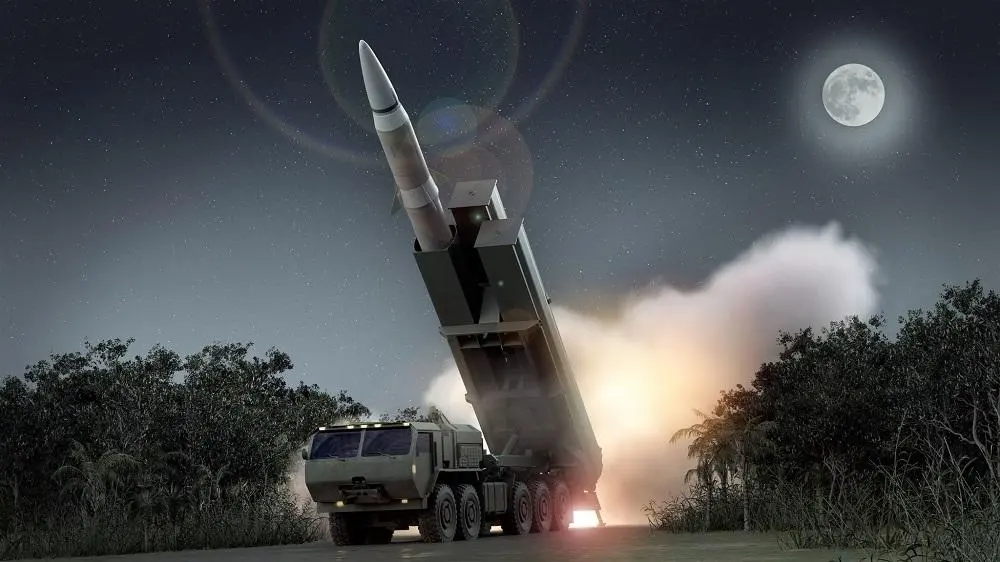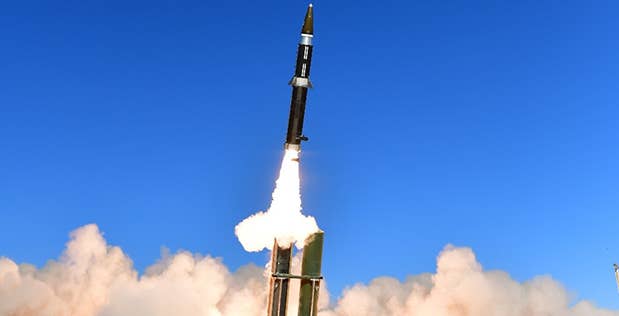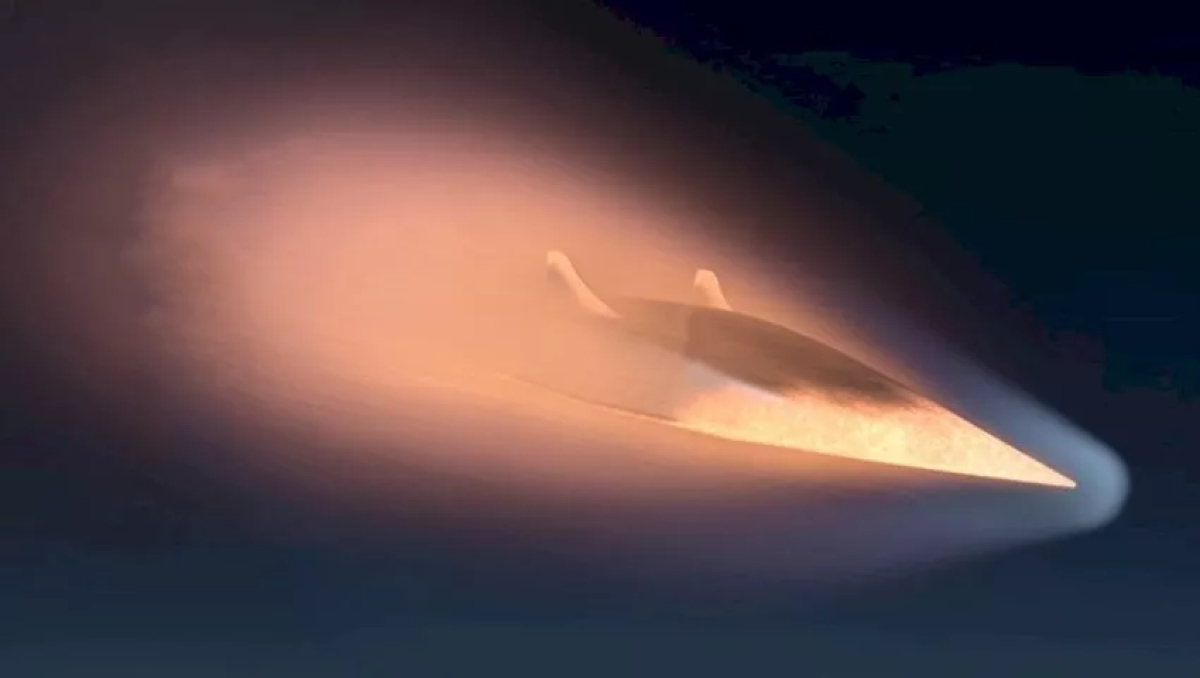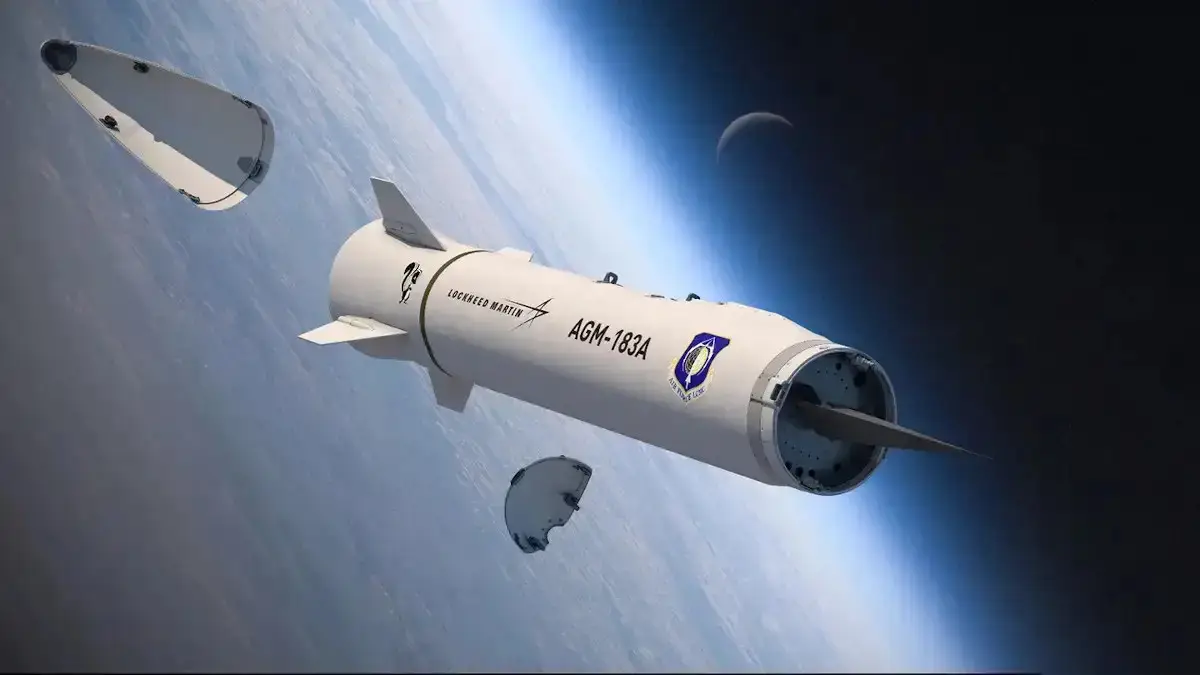The US announced on July 13 that the country recently tested two hypersonic missiles with success, marking an advancement in this domain after several roadblocks.
The ground-launched hypersonic missile system for the Operational Fires program has completed its first demonstration, announced the Defense Advanced Research Projects Agency (DARPA).
The announcement was made after the US Air Force revealed that its Air-Launched Rapid Response Weapon, or ARRW, hypersonic missile booster, underwent a second consecutive successful test on July 13.
The Operational Fires (OpFires) program test was carried out at the US Army’s White Sands Missile Range in New Mexico. According to the DARPA press release, the system completed all predetermined test objectives.

A US defense official confirmed to CNN that the test was conducted in late May. The official said that although the OpFires missile did not fly at hypersonic speeds during the test, that was not the exercise’s planned objective.
Instead, the OpFires system’s first test flight was primarily intended to evaluate the rocket launch from the vehicle. Later this year, more tests of the system are planned.
This test was carried out with the principal contractor, Lockheed Martin. The entire system consists of parts from different companies. For instance, a rocket booster was designed and provided by Northrop Grumman.
That rocket booster propels the boost-glide vehicle until it reaches the desired speed and altitude in conjunction with the unpowered hypersonic warhead mounted to the top.

Once the conditions are fulfilled, the vehicle separates from the booster and glides along its atmospheric flight path before launching at hypersonic speed to engage the target.
Meanwhile, the test also featured the first use of a United States Marine Corps 10-wheel Logistics Vehicle System Replacement (LVSR) truck as a medium-range missile launcher.
“The test demonstrated integrated technology maturation of key enabling components, including the first stage rocket motor, missile canister, and missile round pallet (MRP). The MRP is designed for use with the load handling system available on USMC and Army logistics vehicles, eliminating the need for a bespoke OpFires transporter erector launcher (TEL),” said DARPA.
USAF Conducts Second Successful Test
OpFires wasn’t the only program to accomplish a hypersonic feat. According to a press release issued by Eglin Air Force Base, the Air Force carried out the AGM-183A ARRW booster test known as Flight-3 off the coast of Southern California on July 12.

The test wraps up the booster test phase of the program, and it is now cleared for operational testing later in 2022. The statement mentioned that the trial marked the ARRW’s 12th captive flight aboard a B-52 bomber. It is also the second time it had effectively separated from the launch aircraft; it had previously flown successfully in May.
The 419th Flight Test Squadron and the Global Power Combined Test Force conducted the test on May 14, the first successful flight, at Edwards Air Force Base in California.
According to USAF, the ARRW separated from the launch aircraft during that test, and the rocket burned for “the expected duration.” Previously, three test flights were unsuccessful because the missile was unable to either separate from the carrier aircraft or failed to launch a booster rocket.
The US Air Force’s top hypersonic weapon completed the second consecutive successful test of its booster motor in less than two months, a turnaround after three failures https://t.co/CnvLoR4aJg
— Bloomberg (@business) July 13, 2022
In the latest test, the AGM-183 weapon system “reached hypersonic speeds, and primary and secondary objectives were met” on July 12. “The test successfully demonstrated booster performance, expanding the operational envelope,” Armament Directorate Program Executive Officer Brigadier general Heath Collins said in a press release.
The most recent test failure’s root cause analysis revealed that a frayed wire prevented the missile from performing as intended. The ARRW is designed to be the USAF’s first operational hypersonic weapon, capable of exceeding Mach 5.

A booster rocket first accelerates the two-stage missile to a high speed, after which the hypersonic vehicle separates from the booster and flies to its target.
The weapon “is designed to provide the ability to destroy high-value, time-sensitive targets,” the Air Force said. “It will also expand precision-strike weapon systems’ capabilities by enabling rapid response strikes against heavily-defended land targets.”
The launch also allowed AGM-183A ARRW prime contractor Lockheed Martin to gather flight data and test the missile’s ability to detach from the aircraft and travel to its intended release point.
The latest booster test was successful but came after several other ARRW program failures and setbacks. In any case, this represents a significant change for the program, which has become somewhat of a touchy subject for the US as it struggles to keep up with China and Russia’s hypersonic advancements.
- Contact the author at ashishmichel@gmail.com
- Follow EurAsian Times on Google News




